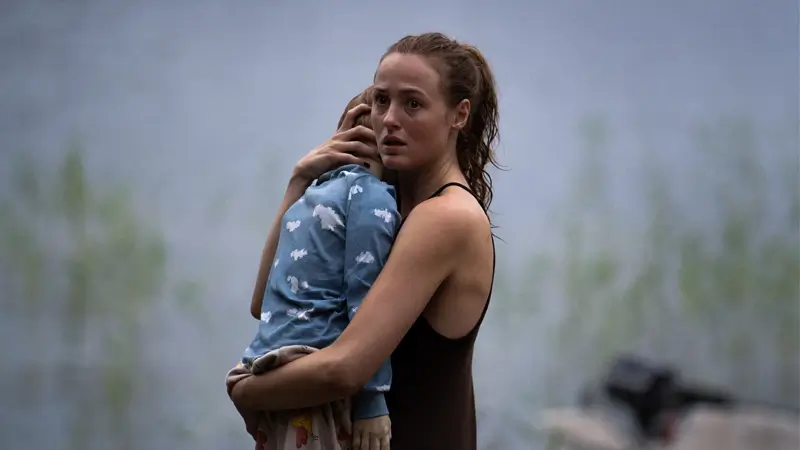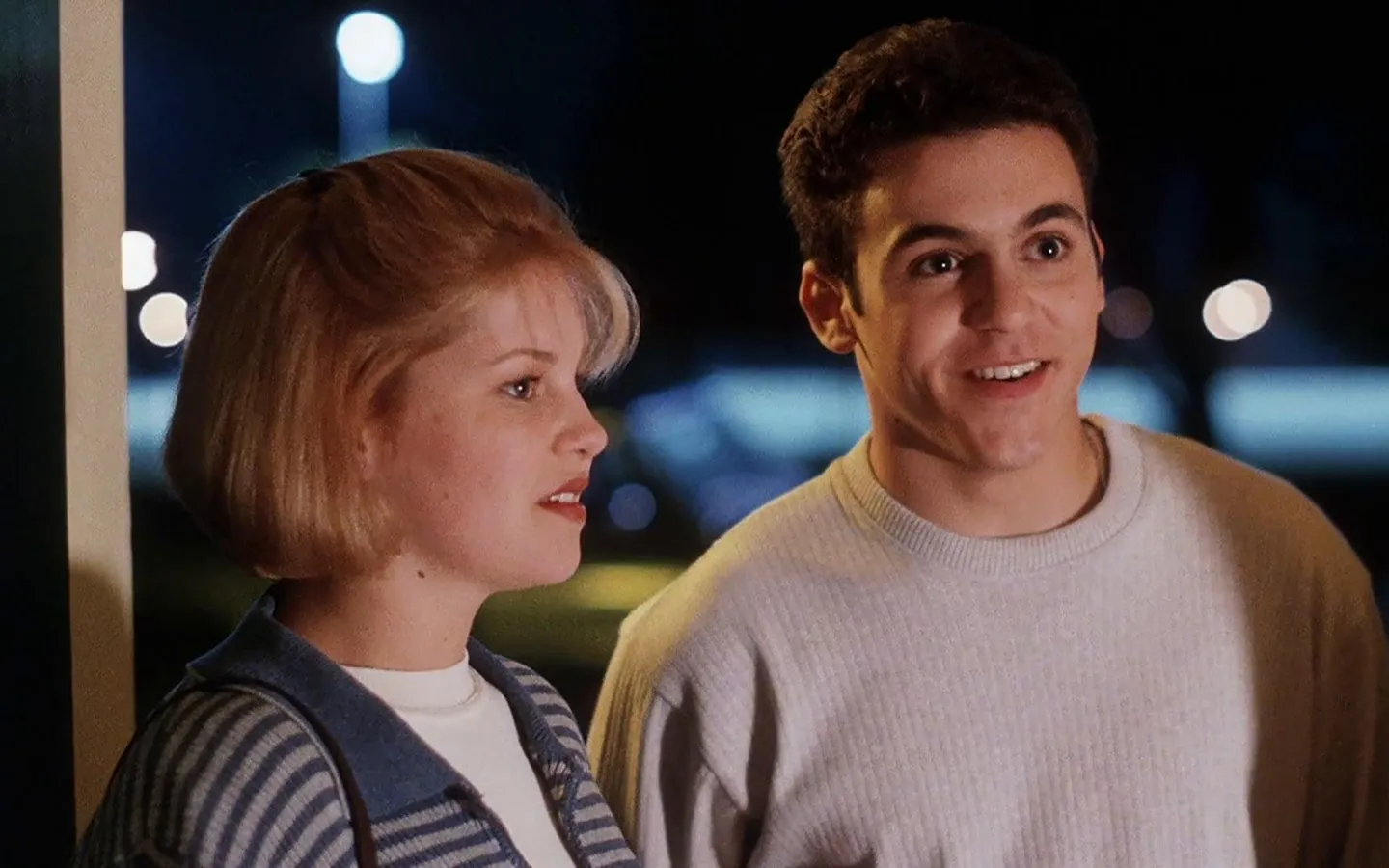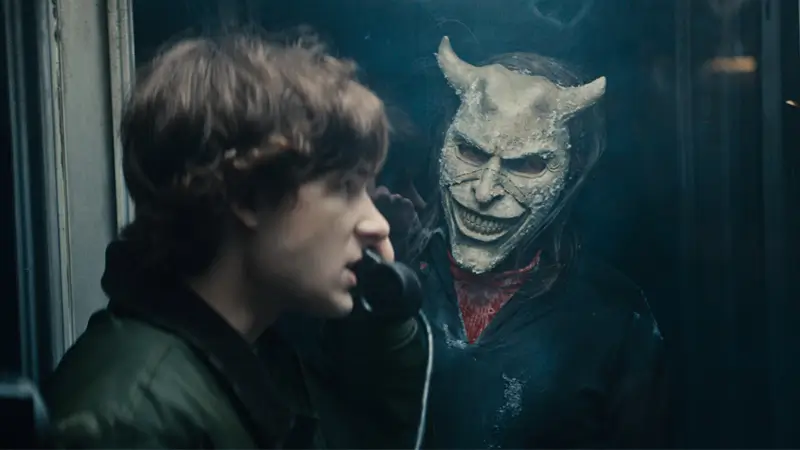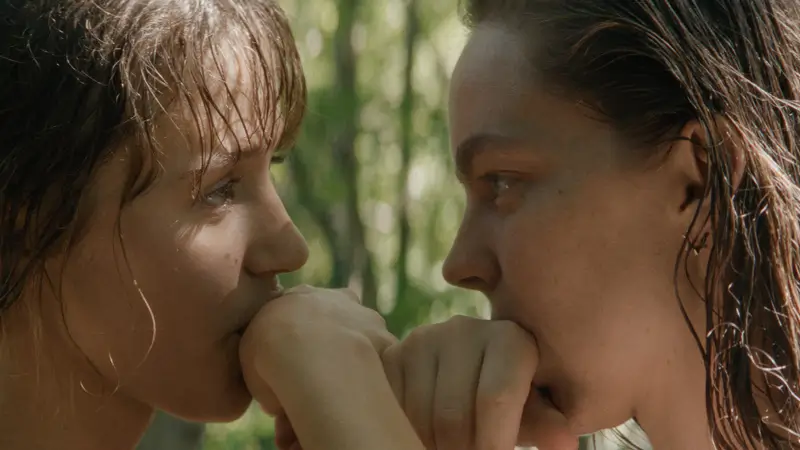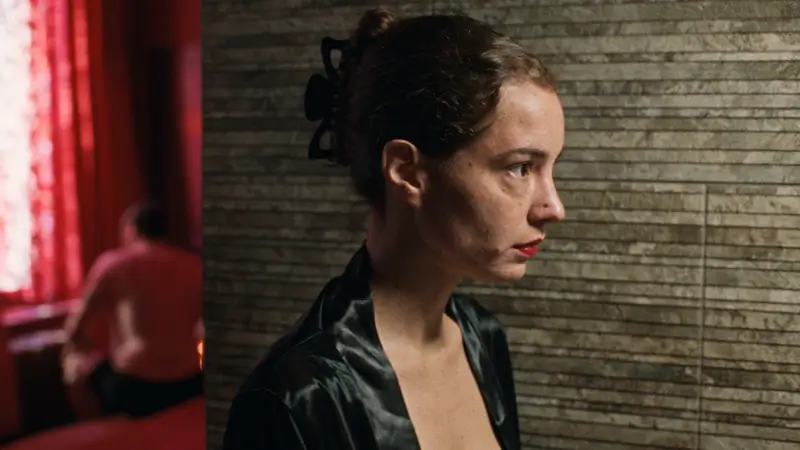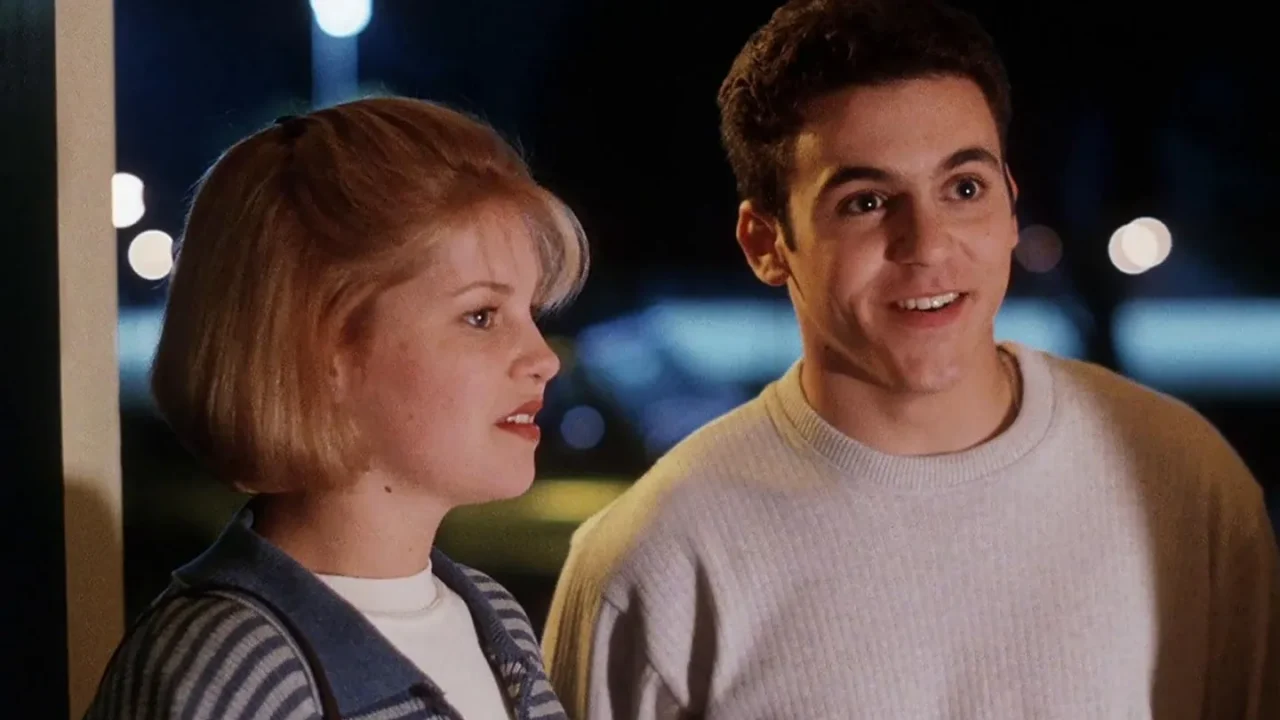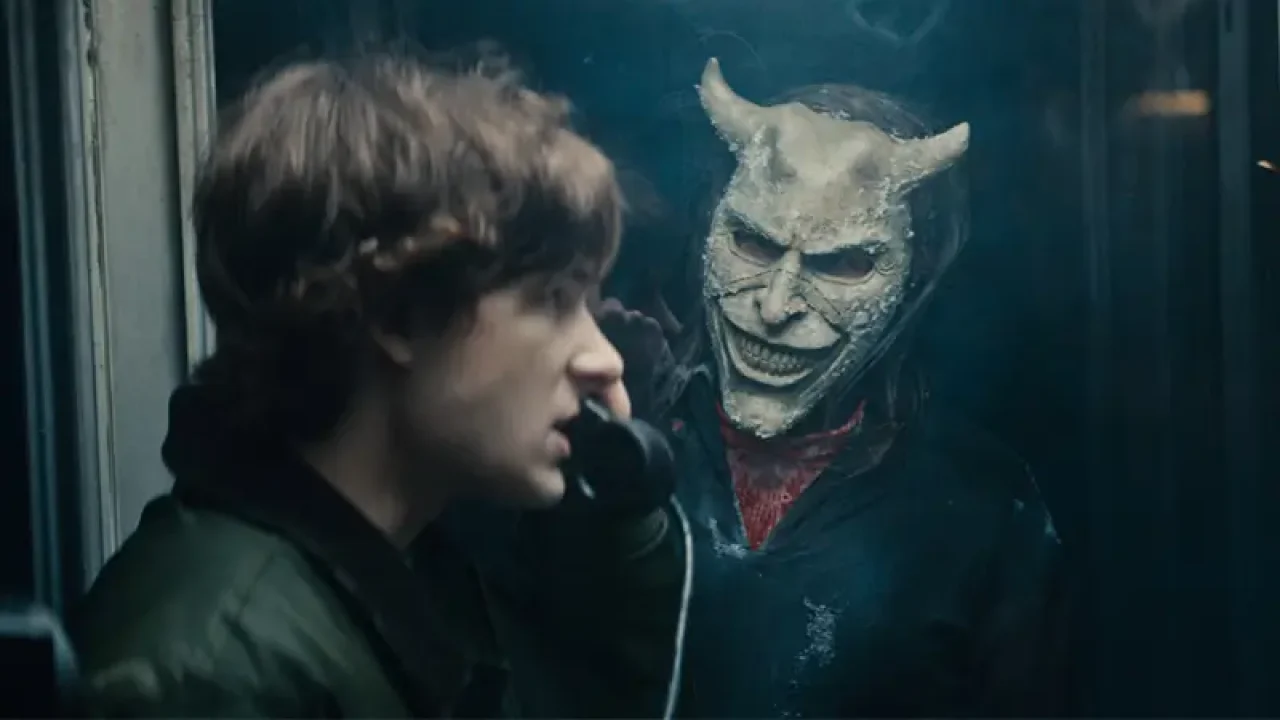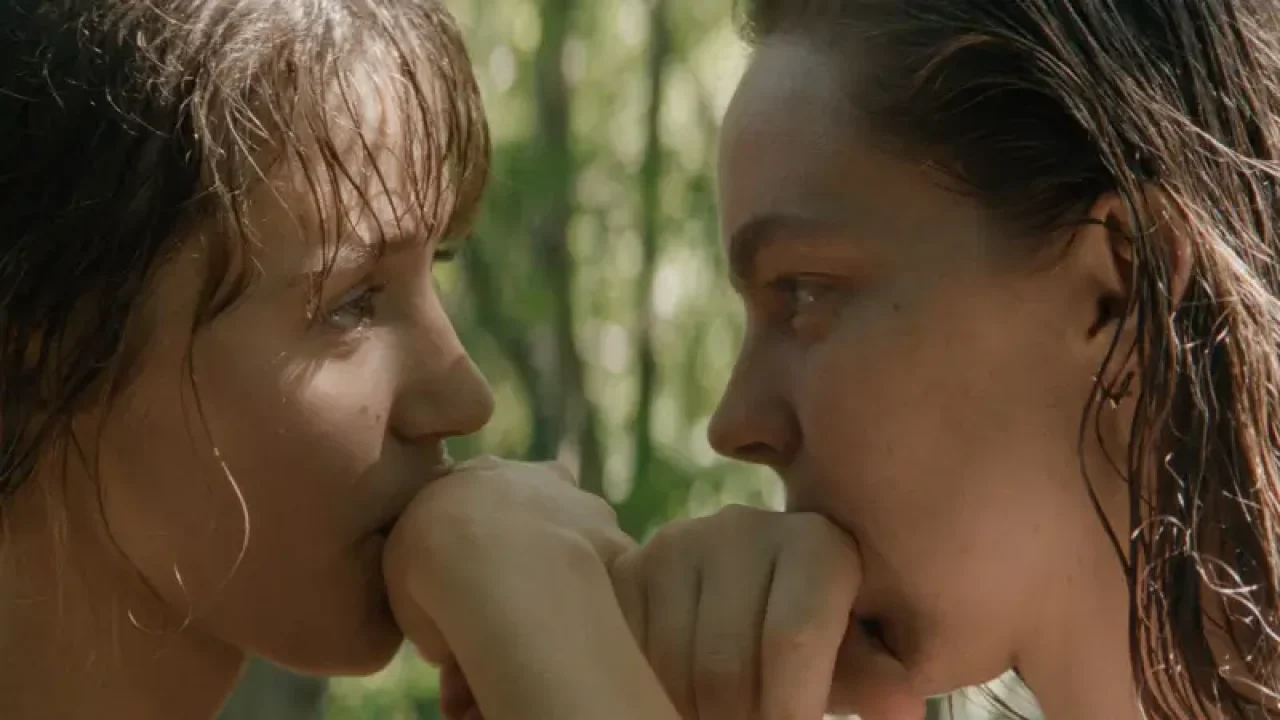Sink your teeth into old vampire movies’ dark and captivating world, where shadows lurk and immortal beings reign supreme.
These early cinematic masterpieces not only defined the horror genre but also left an indelible mark on fantasy storytelling that continues to influence filmmakers today.
From the silent era to the dawn of talkies, vampire movies have been a staple of world cinema, shaping our cultural perception of these nocturnal creatures. These early movies didn’t just showcase bloodthirsty monsters; they explored complex themes of sexuality, xenophobia, and societal fears.
As we journey through the evolution of vampire cinema, we’ll witness how these pale-skinned aristocrats transformed from hideous predators to seductive antiheroes, reflecting each era’s changing values and anxieties.
Good reading!
Old vampire movie subgenre
The old vampire movie subgenre played a pivotal role in shaping the horror and fantasy genres in cinema.
Emerging from early adaptations of Bram Stoker’s Dracula and F.W. Murnau’s unauthorized Nosferatu, these movies introduced audiences to the archetypal vampire, blending folklore with gothic atmospheres and psychological depth.
The portrayal of vampires evolved from monstrous, grotesque figures in Nosferatu to more seductive and complex characters in Universal’s Dracula and Hammer Horror movies of the 1950s and 1960s.
These early movies established key tropes, such as the vampire’s hypnotic power, immortality, and the eternal struggle between good and evil, often enhanced by dramatic lighting and framing techniques.
The subgenre also explored themes of sexuality, xenophobia, and societal fears, reflecting the anxieties of their respective eras. Over time, vampire movies diversified, incorporating elements of romance, eroticism, and even humor.
How did it help define horror and fantasy in cinema?
Old vampire movies played a crucial role in defining horror and fantasy in cinema, establishing many of the tropes and conventions that continue to influence the genre today.
As the genre evolved, movies refined the vampire’s portrayal, transforming them from grotesque monsters to more seductive and complex characters. Early vampire movies established key visual and atmospheric elements that became hallmarks of the horror genre:
- Gothic settings, including castles and foggy landscapes
- Dramatic lighting and framing techniques
- Use of shadows and contrast to create tension and fear
These techniques not only defined the vampire movie subgenre but also influenced horror cinema as a whole. Also, the vampire movies went beyond mere monster stories, exploring complex themes that resonated with audiences.
- Sexuality and eroticism
- Xenophobia and fear of the “other”
- The struggle between good and evil
- Immortality and its consequences
By addressing these themes, vampire movies elevated the horror genre, adding depth and psychological complexity to their narratives.
The impact of old vampire movies extends far beyond cinema. They have shaped the collective imagination and influenced modern representations of vampires across various media. The character of Count Dracula alone has appeared in over 170 movie adaptations, making him one of the most frequently portrayed characters in horror cinema.
How have these movies portrayed the figure of the vampire over time?
The portrayal of vampires in movies has evolved significantly over time, reflecting changing societal fears, cultural trends, and cinematic techniques.
In the silent movie Nosferatu, Count Orlok was depicted as a hideous, rat-like creature with grotesque features, embodying the monstrous and alien aspects of traditional European folklore. This portrayal emphasized fear and repulsion, presenting vampires as terrifying predators.
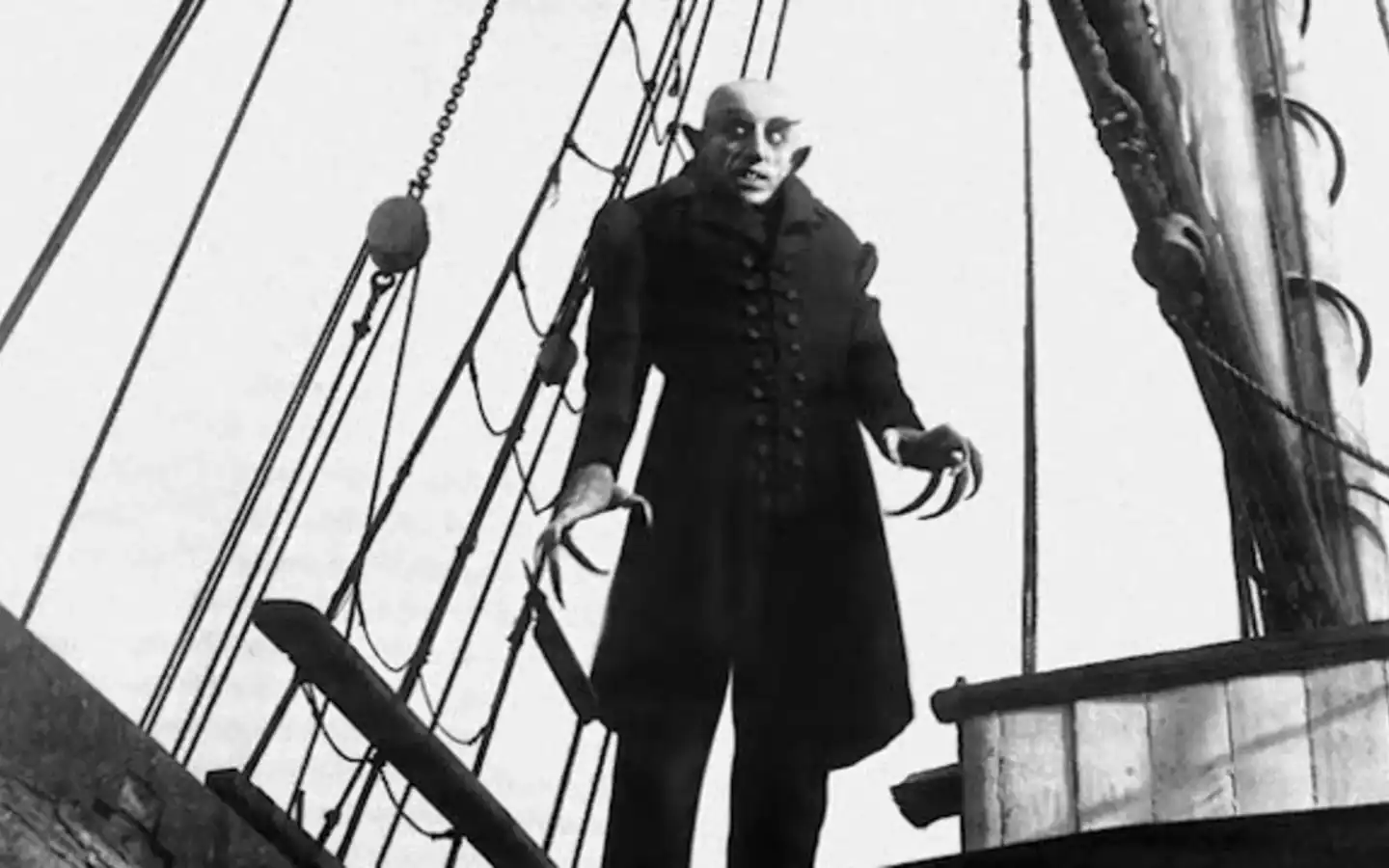
With Universal’s Dracula, Béla Lugosi introduced a new archetype: the aristocratic vampire. Dracula became a mysterious and alluring figure, blending horror with fascination. This marked the beginning of vampires being portrayed as seductive beings who could charm their victims while remaining dangerous.
The Hammer Horror movies of the 1950s and 1960s added vibrant color and heightened sexuality to vampire portrayals. Christopher Lee’s Dracula was both regal and menacing, while later adaptations like Frank Langella’s Dracula emphasized romantic relationships between vampires and their victims.
By the late 20th century, movies such as Interview with the Vampire introduced morally conflicted vampires like Louis, who questioned the ethics of vampirism. This shift began humanizing vampires, making them relatable and sympathetic.
Contemporary portrayals often lean heavily into romance and moral complexity. Movies like Twilight depict vampires as beautiful, misunderstood beings torn between their predatory instincts and their desire for love and humanity. Edward Cullen exemplifies this trend by combining philosophical introspection with youthful charm.
While romanticized vampires dominate recent depictions, some movies have returned to grotesque origins. Movies like 30 Days of Night showcase vampires as monstrous creatures focused solely on survival.
What is the oldest vampire movie?
The oldest vampire movie is The Vampire (1913), directed by Robert G. Vignola. This silent movie predates other early vampire movies and features a femme fatale vampire inspired by Rudyard Kipling’s poem “The Vampire” (1897).
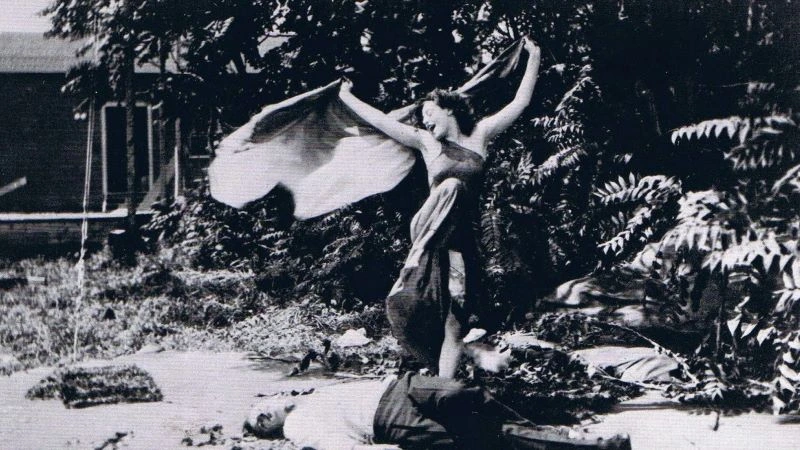
The movie was initially thought to depict a “social vampire,” but recent rediscovery confirmed it includes the first known cinematic vampire attack, making it a landmark in the genre’s history.
What are the old classic vampire movies?
The old classic vampire movies that defined the genre and laid the groundwork for modern interpretations include:
Nosferatu (1922) – F.W. Murnau’s silent movie adaptation of Bram Stoker’s Dracula introduced Count Orlok, a grotesque and haunting vampire that set the standard for early horror cinema.
Dracula (1931) – Directed by Tod Browning and starring Béla Lugosi, this Universal classic established the archetype of the suave, aristocratic vampire and became a cornerstone of horror cinema.
Nosferatu the Vampyre (1979) – Werner Herzog’s atmospheric remake of the 1922 movie, starring Klaus Kinski, brought a more introspective and artistic approach to the vampire mythos.
Horror of Dracula (1958) – Hammer Films’ adaptation, featuring Christopher Lee as Dracula and Peter Cushing as Van Helsing, revitalized the genre with its vivid colors and heightened drama.
The Mark of the Wolfman (1968) – A Spanish horror movie starring Paul Naschy, this movie introduced the werewolf-vampire hybrid character Waldemar Daninsky, blending two iconic horror figures.
Conclusion
Old vampire movies have left an indelible mark on cinema, shaping the horror and fantasy genres with their gothic atmospheres, complex characters, and timeless themes.
From the grotesque terror of Nosferatu to the seductive allure of Dracula and the introspective depth of Interview with the Vampire, these movies have continually reinvented the vampire mythos to reflect societal fears and desires. Their influence extends beyond the silver screen, embedding vampires as enduring symbols in popular culture.
As we’ve explored the evolution of these bloodsucking legends, it’s clear that old vampire movies are more than just tales of terror—they are windows into the human condition, exploring themes of morality, identity, and the eternal struggle between light and darkness. Their legacy continues to inspire filmmakers and captivate audiences, proving that the allure of the vampire is truly immortal.
Ready to dive deeper into the world of classic cinema? Explore more about the history of vampire movies and other iconic genres on Filmelier. Your journey into the shadows awaits!


